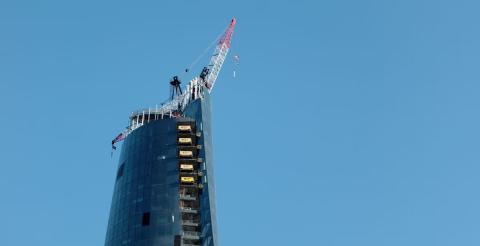What makes a city great for running?
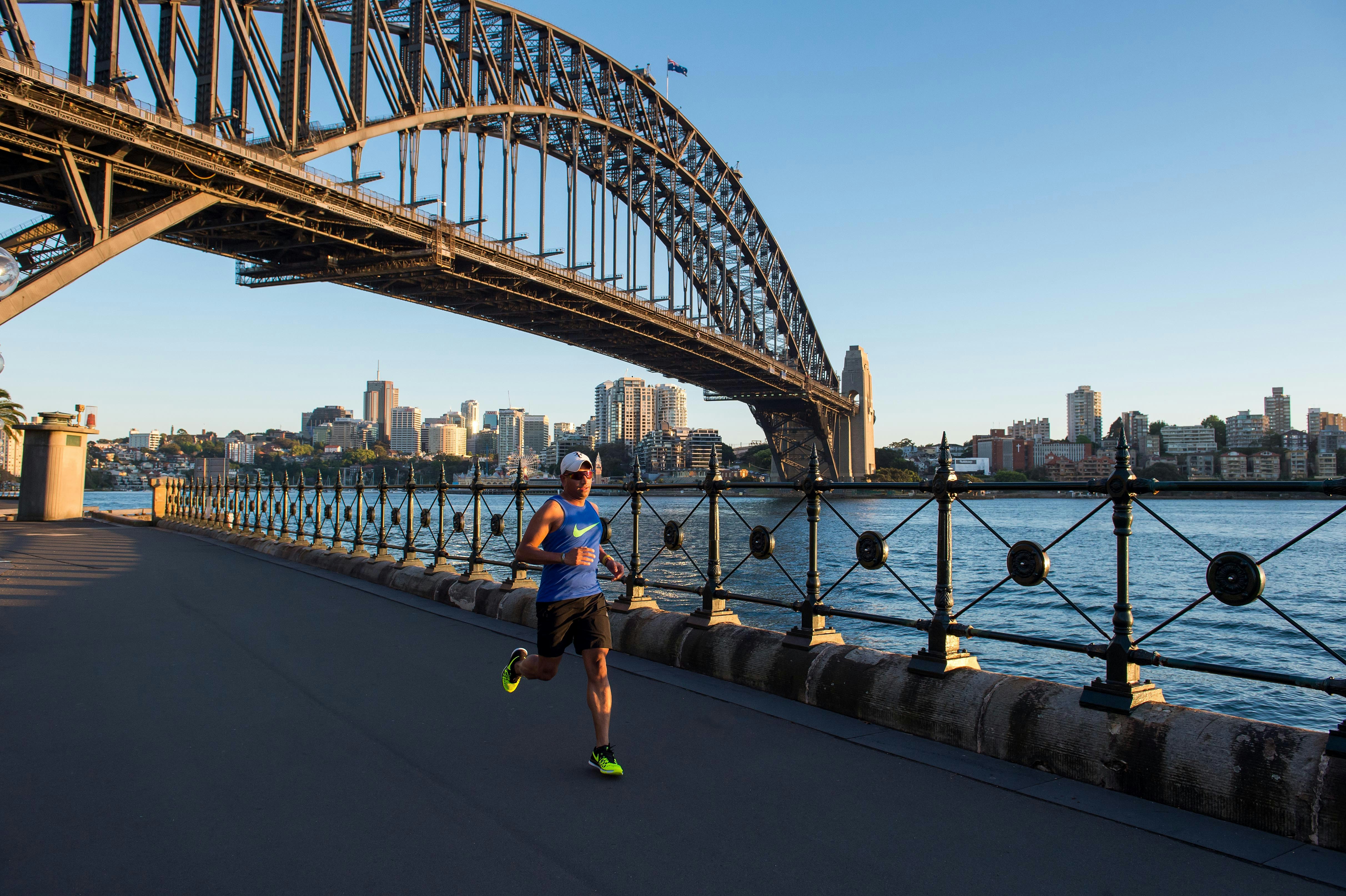
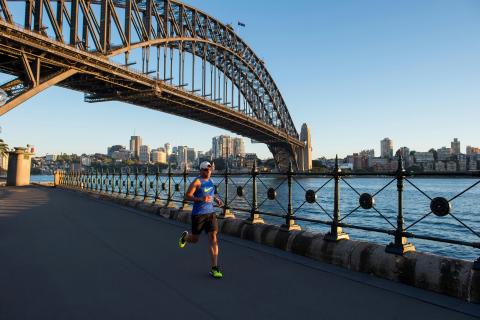
When it comes to urban design and public spaces, creating a city that's welcoming to runners can significantly improve the overall quality of life for residents. As cities grow, urban planners are paying increasing attention to how their design can make physical activity like running both accessible and enjoyable. In this article, we explore the key factors that make a city great for running and how these considerations can create healthier, more active communities.
Green spaces and access to nature
One of the most important aspects of a city that is good for running is access to green spaces. Whether it's parks, trails, or riversides, having abundant natural spaces where people can run safely and comfortably is crucial. Cities like Melbourne, Vancouver and Copenhagen have been praised for their parks and trails, which serve as perfect spots for both casual runners and athletes training for long-distance events.
Urban areas with green spaces not only offer runners beautiful scenery but also contribute to reducing air pollution, providing a healthier environment for physical activity. The creation of green spaces is an essential part of sustainable urban development and can be a key factor in a city's overall livability.
Safety and accessibility
Safety is another critical factor in determining whether a city is ideal for runners. Well-lit streets, clear pedestrian paths and properly marked running lanes on roads make it safer for runners, especially early in the morning or late at night. Cities with a reputation for being walkable and pedestrian-friendly are often ranked higher when it comes to supporting runners.
Cities such as Amsterdam and Zurich are famous for their well-maintained infrastructure, which includes cycling lanes, pedestrian-friendly streets and well-designed routes for runners. A well-planned urban layout that considers the needs of pedestrians can create safer environments for runners to thrive.
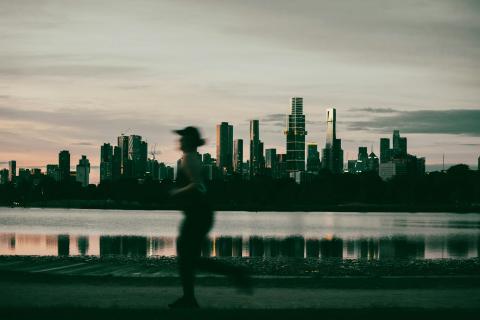
Weather and climate
The climate of a city plays a significant role in making it a great destination for running. Moderate temperatures, minimal rainfall and favourable weather conditions contribute to better running experiences. Cities like San Diego, with its mild climate and Barcelona, known for its Mediterranean weather, are popular among runners who enjoy year-round outdoor activities.
Urban planners must consider climate variability and plan for seasonally appropriate infrastructure such as shaded running paths, hydration stations and weather-adaptive amenities that cater to the needs of runners throughout the year.
Running infrastructure and events
A great city for running often has a robust infrastructure that supports the running community. This includes accessible running routes, regular events and races that inspire locals to get active. Cities like New York City, with its iconic marathon and large running community and London, with its well-established race circuit, are examples of urban areas that encourage running through organised events.
Besides organised races, city infrastructure such as high-quality tracks, gym facilities and sports clubs can help foster a thriving running culture and attract people to run more frequently.
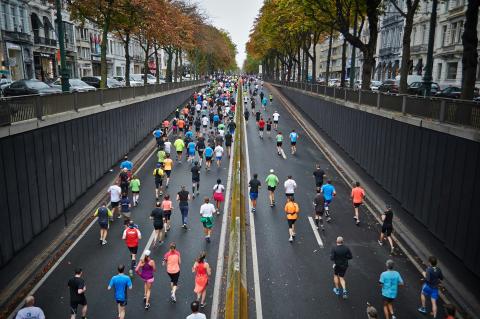
The role of urban design in physical activity
Urban design and planning directly impact the city's overall health and well-being. As more people embrace fitness as part of their daily routine, urban planners are recognising the value of creating cities that encourage outdoor exercise, including running. Thoughtfully designed cities with pedestrian-friendly infrastructure, accessible green spaces and connected public areas contribute to a healthier lifestyle for everyone.
Cities that focus on these elements not only create an environment where people can stay fit but also enhance the attractiveness of the city to tourists and residents alike. The integration of running routes into the broader urban landscape can help promote a healthy lifestyle and community engagement.
Looking ahead: making cities more run-friendly
As urban areas continue to grow, the importance of designing cities that cater to physical activity like running will only increase. The factors that make a city great for running are interconnected with broader efforts to create more sustainable, liveable and healthy cities.
This article is republished from UTS under a Creative Commons license. Read the original article.
